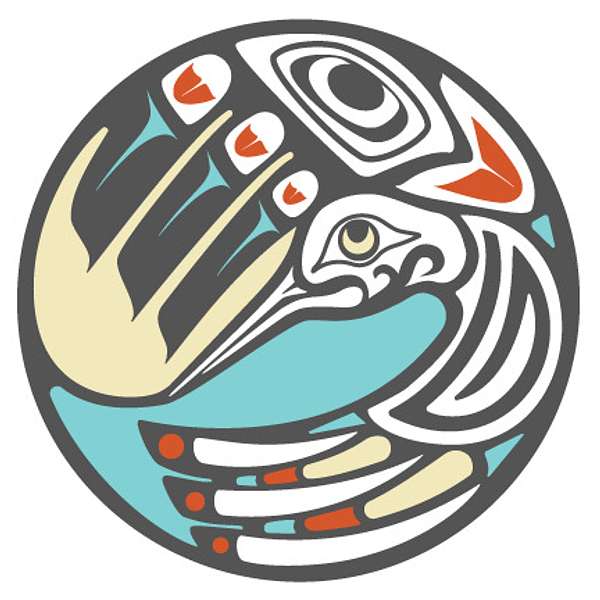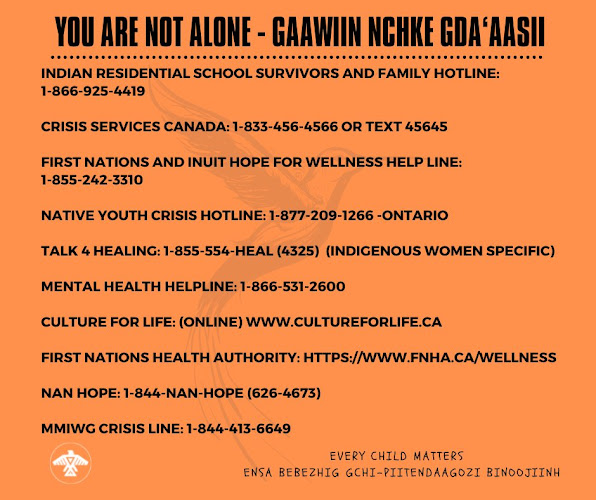Principal Deputy Assistant Secretary Roberts Announces Updated BIA Guidelines to Strengthen Implementation of the Indian Child Welfare Act with Focus on Family Unification
by Levi Rickert
Published January 1, 2017
Guidelines provide best practices for supporting stability security of Indian families and tribes
WASHINGTON – Principal Deputy Assistant Secretary – Indian
Affairs Lawrence S. Roberts today announced final, updated Bureau of
Indian Affairs (BIA) guidelines for implementing the Indian Child
Welfare Act of 1978 (ICWA) that will better protect the rights of Indian
children, their parents and their tribes in state child welfare
proceedings.
The guidelines explain the ICWA statute and regulations while also
providing examples of best practices for its implementation, the goal of
which is to encourage greater uniformity in the application of ICWA
measures.

Acting Assistant Secretary of the Interior - Affairs Larry Roberts. Photo Courtesy - Twitter
“The BIA’s updated Indian Child Welfare Act guidelines are the capstone
of the Obama Admin-istration’s efforts to support the stability and
security of Indian families and tribes by providing a more consistent
interpretation of ICWA, regardless of the child welfare worker, judge or
state involved,” Roberts said. “I want to thank tribal leaders, the
Indian child welfare community, and our state and federal partners for
their valuable input and assistance with updating the guidelines. The
guidelines themselves will help with ensuring the rights of Indian
children and their families under ICWA, and in strengthening the
cohesiveness of tribal communities everywhere.”
The BIA first published its ICWA guidelines in 1979, shortly after the
law’s passage. While the Department updated the guidelines in 2015, it
updated them further to complement its recently finalized regulations
which became effective on December 12, 2016.
Congress enacted IWCA to address the separation of Indian children from their families at a disproportionately high rate, as a result of state agency policies and practices that placed the children in non-Indian foster and adoptive homes.
Based on 2013 data, Native children nationwide are represented in state
foster care at a rate 2.5 times greater than their presence in the
general population. In some states, Native American children are
represented in state foster-care systems at rates as high as 14.8 times
their presence in the general population of that state.
Since ICWA’s enactment, state courts and state agencies have sometimes
differed in their interpretations of the law and been inconsistent in
their implementation of it. To address this problem, the updated
guidelines provide information for them to consider in carrying out the
Act’s and final rule’s requirements, often drawing upon approaches
states have already used.
In developing these guidelines, the Office of the Assistant Secretary –
Indian Affairs worked closely with the Children’s Bureau of the
Administration for Children and Families in the U.S. Department of
Health and Human Services and with the U.S. Department of Justice to
produce a document that reflected the expertise of all three agencies.
Its development was also informed by public hearings, tribal
consultations, and more than 2,100 written comments on the March 2015
proposed rule, as well as input received during training conducted on
the final rule from July 2016 to November.
To view the updated guidelines, visit the Indian Affairs web site at:http://www.indianaffairs.gov/WhoWeAre/BIA/OIS/HumanServices/IndianChildWelfareAct/index.htm.























No comments:
Post a Comment
Please: Share your reaction, your thoughts, and your opinions. Be passionate, be unapologetic. Offensive remarks will not be published. We are getting more and more spam. Comments will be monitored.
Use the comment form at the bottom of this website which is private and sent direct to Trace.